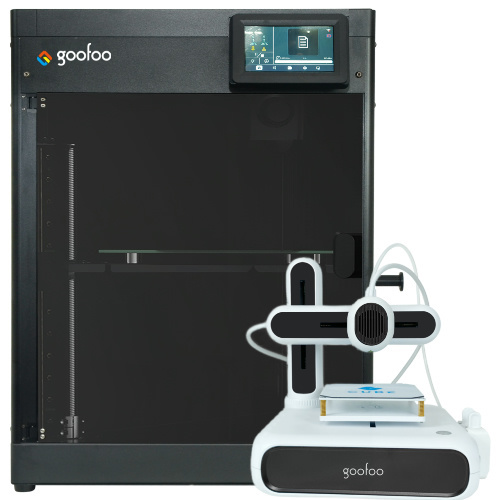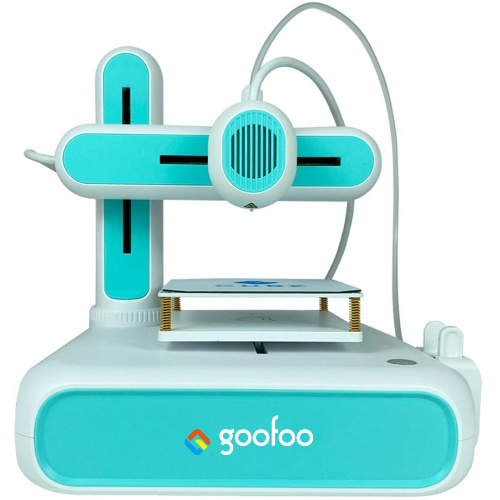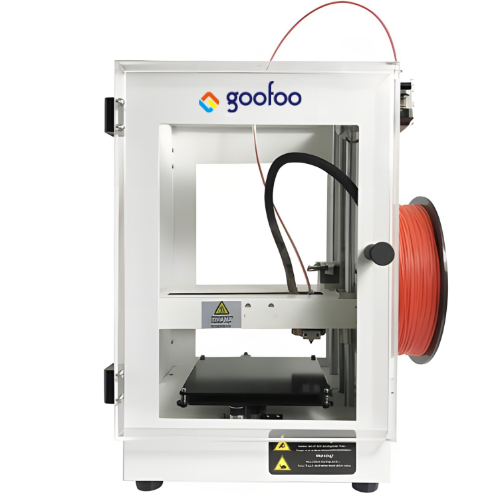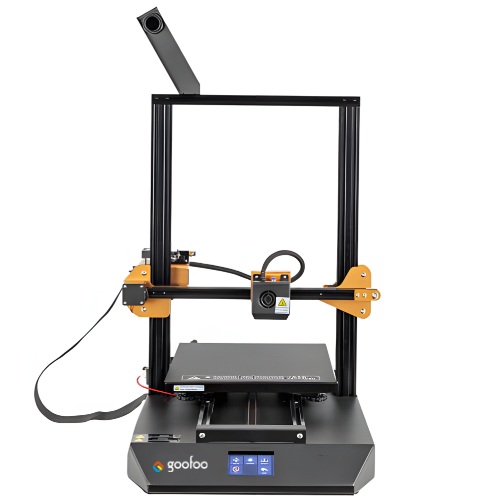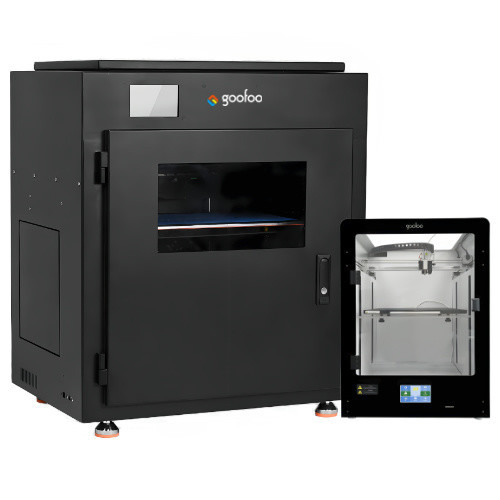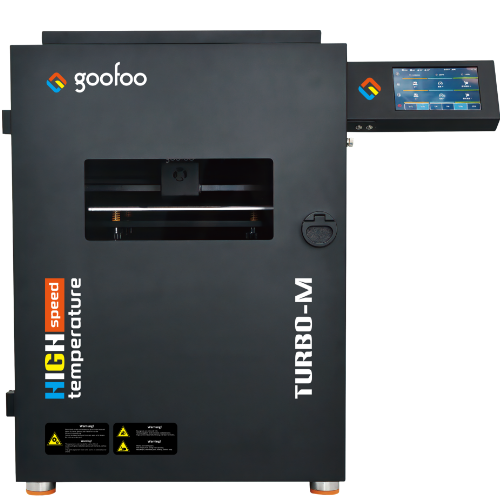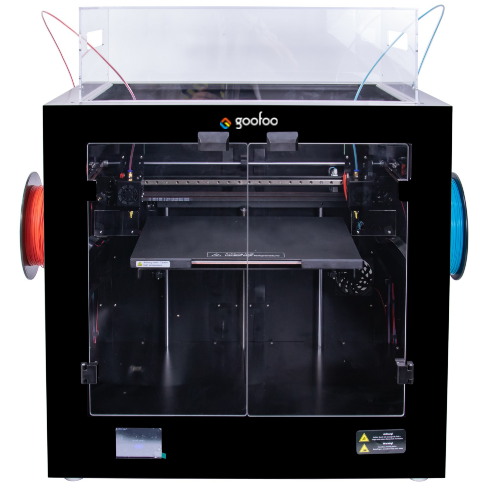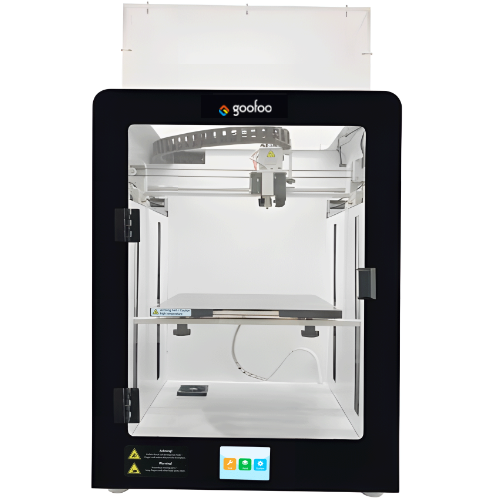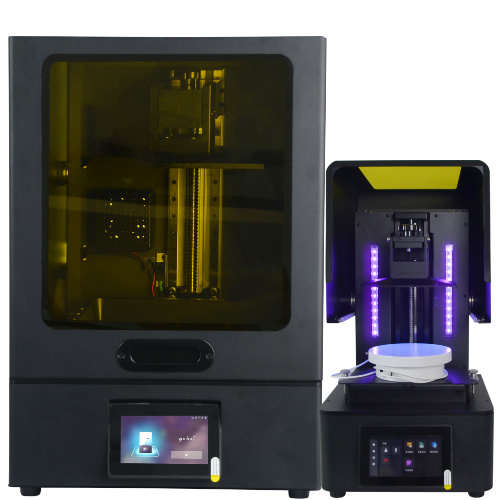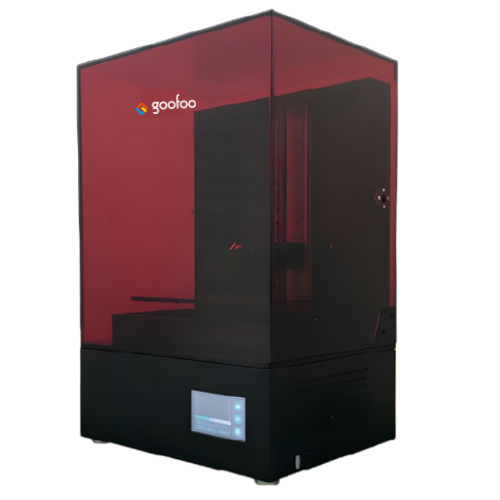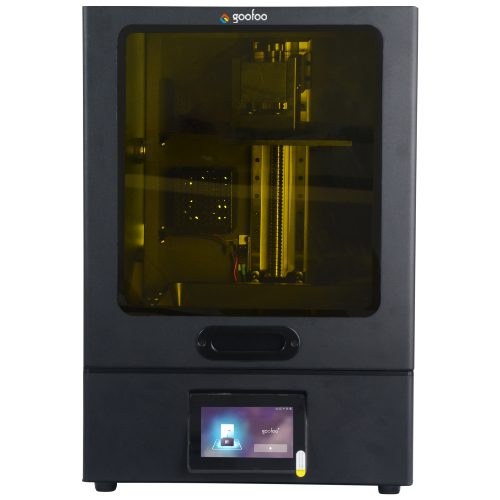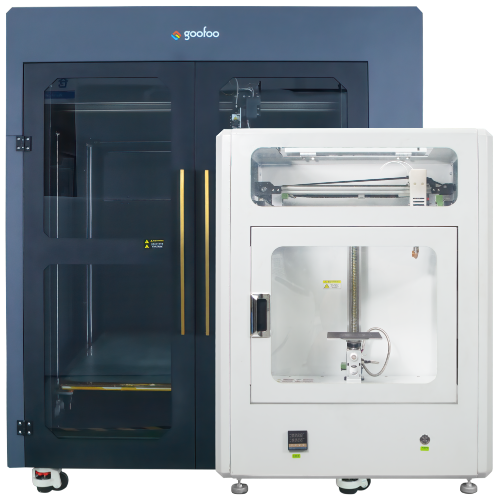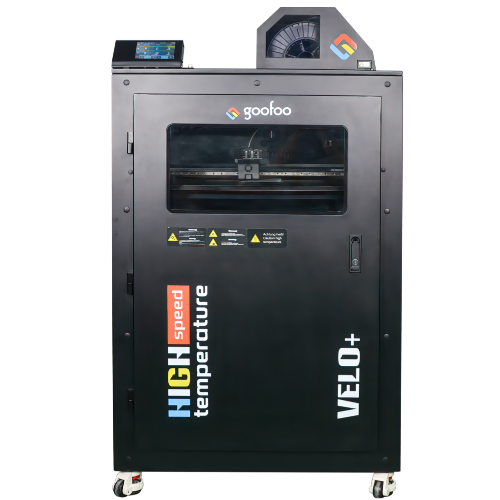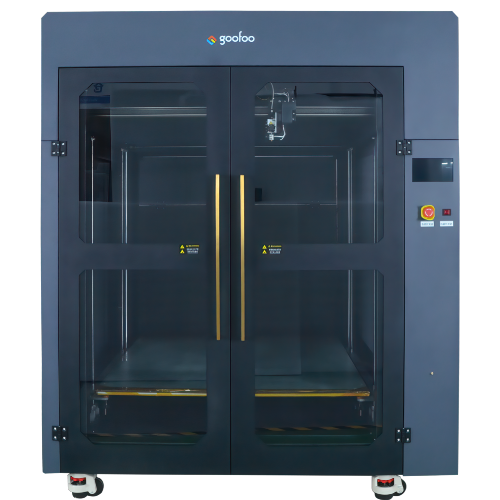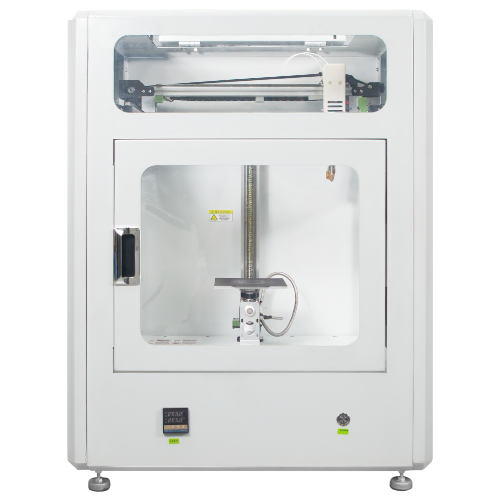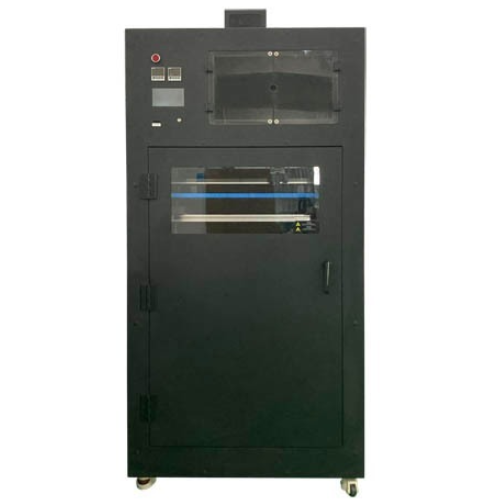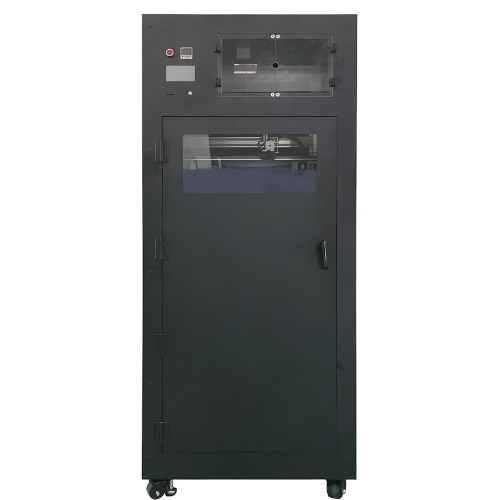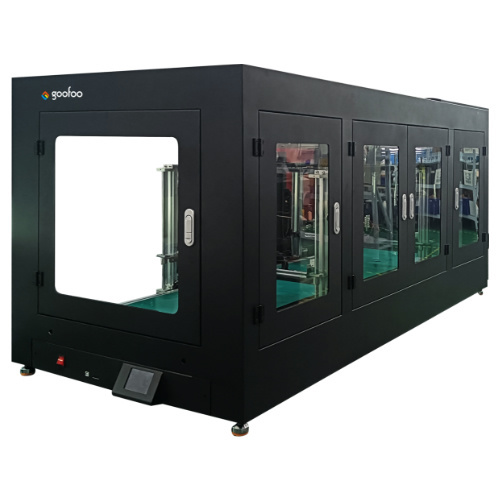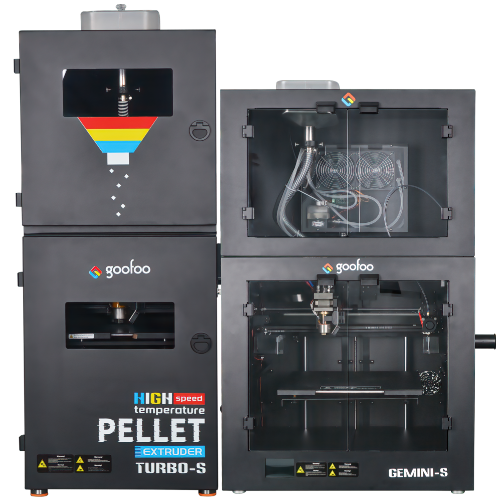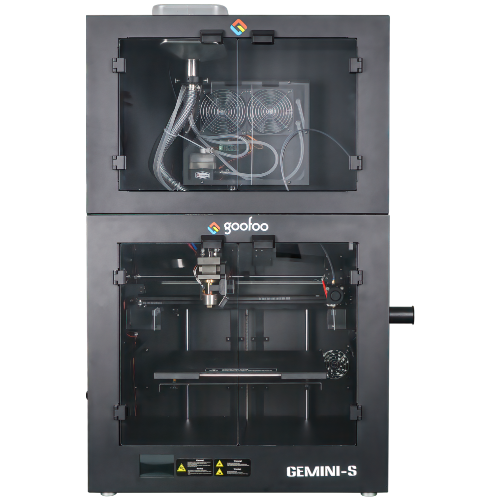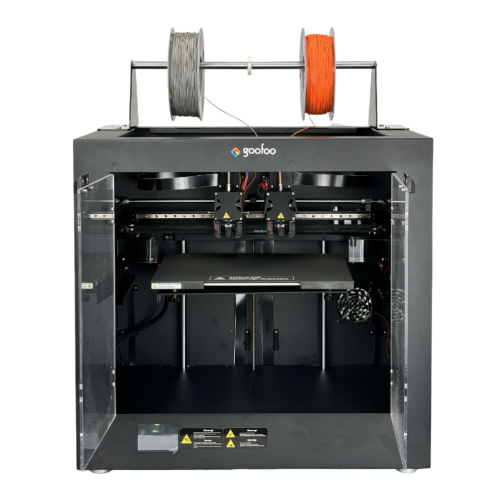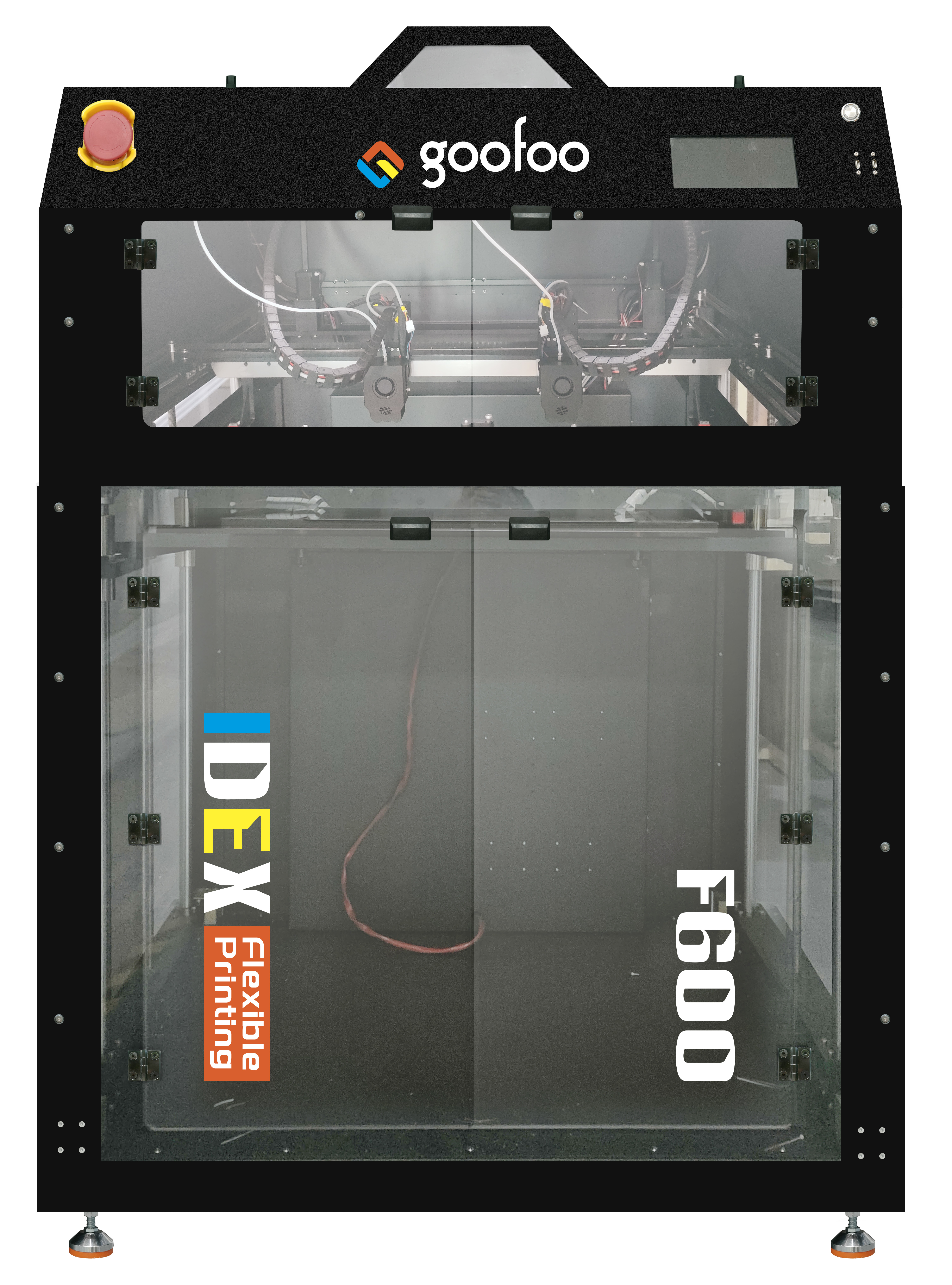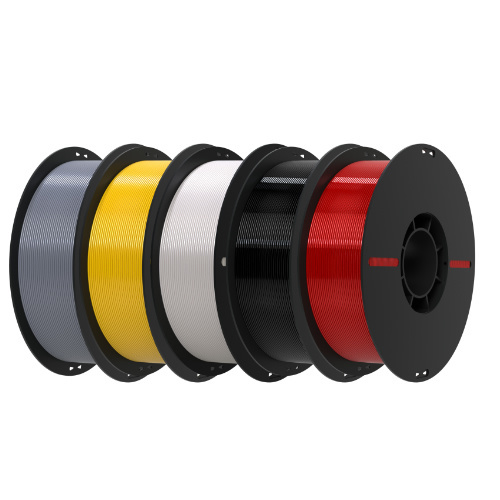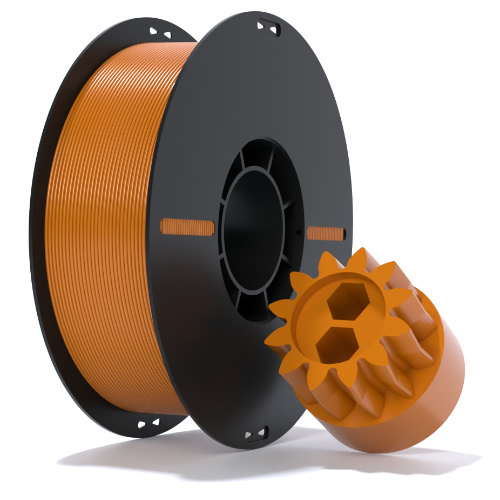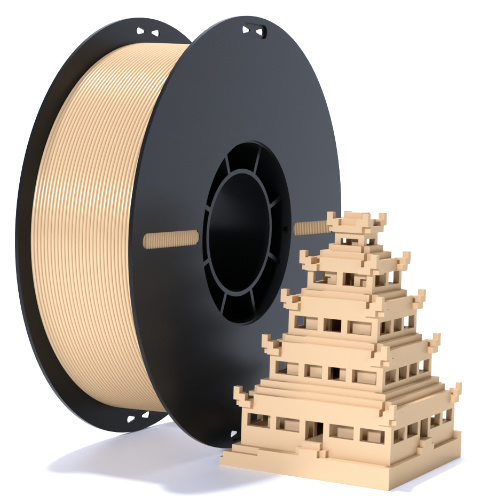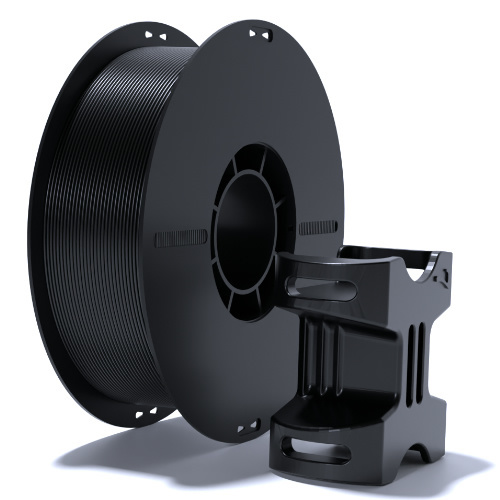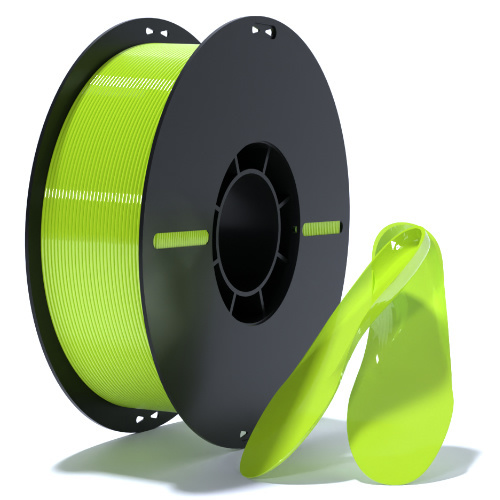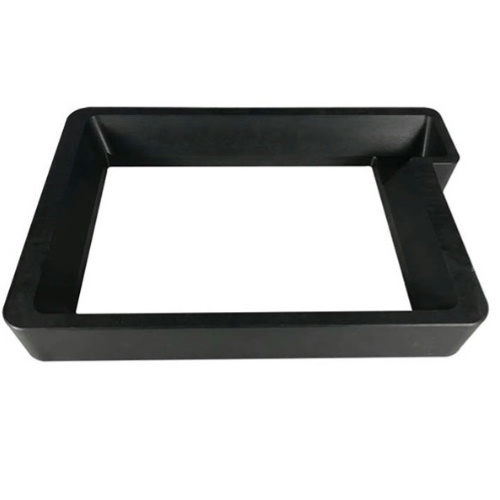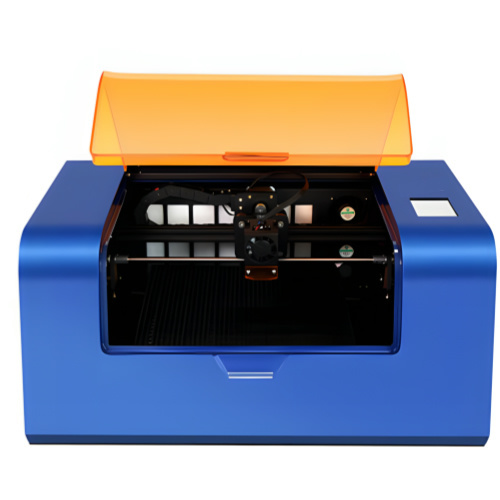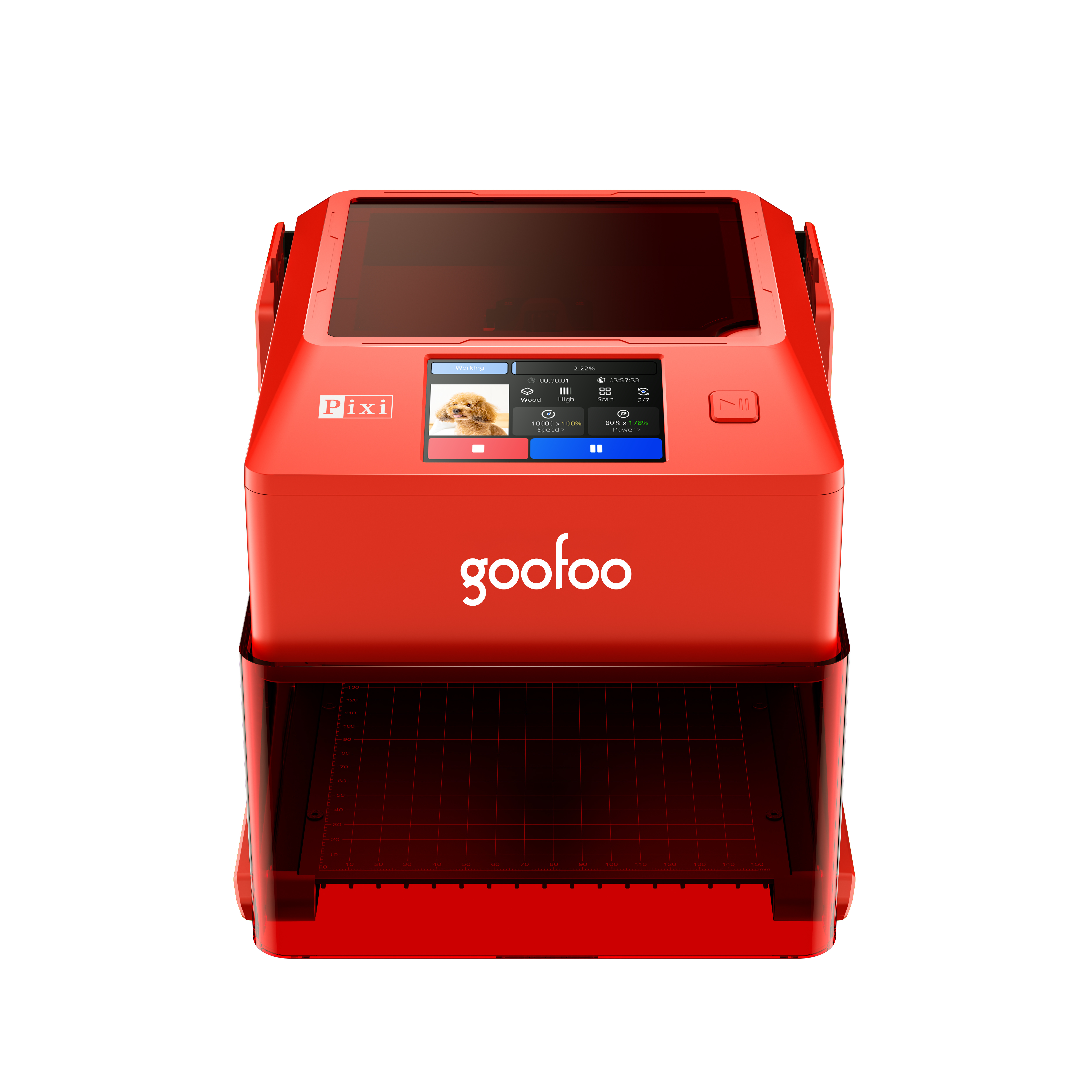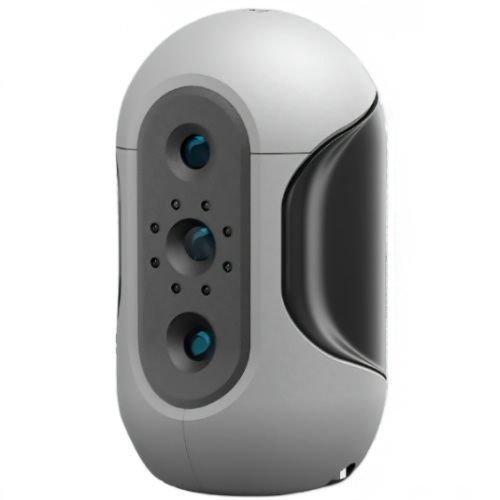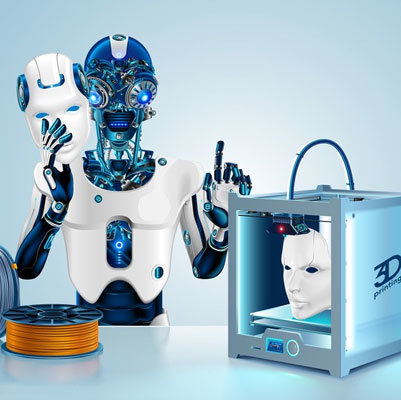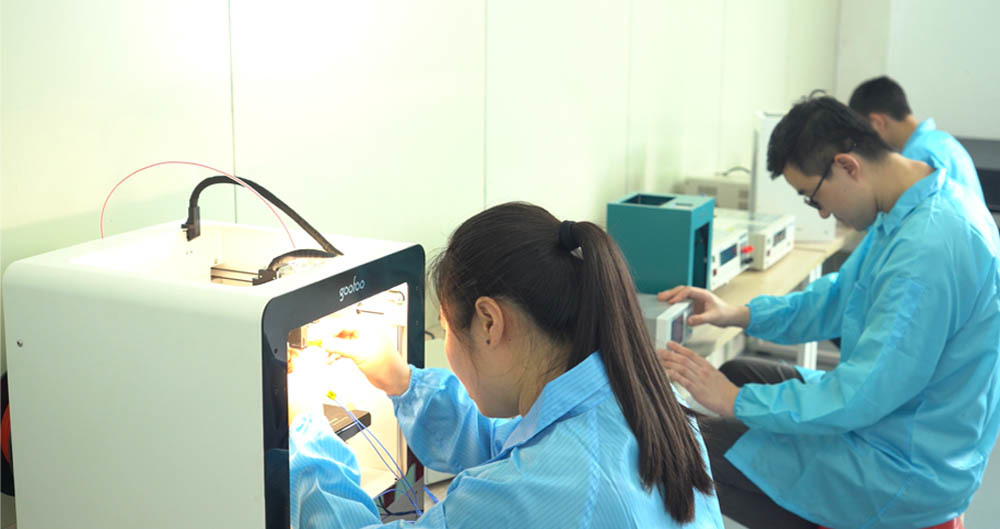All Categories
An Introduction to 3D Printer Materials: A Guide for Professionals
2023-09-03 10:20
When it comes to 3D printing, the choice of material plays a crucial role in determining the quality and functionality of the printed object. In this guide, we will delve into the world of 3D printer materials, focusing on various aspects that professionals like you need to know.
1. Understanding Different 3D Printer Materials:
- Thermoplastics: The most common type of material used in 3D printing, thermoplastics offer versatility and durability. PLA (Polylactic Acid) and ABS (Acrylonitrile Butadiene Styrene) are popular thermoplastics known for their ease of use and wide range of applications.
- Photopolymers: These materials are often used in resin-based 3D printing technologies like stereolithography (SLA) and digital light processing (DLP). They offer high precision and smooth surface finishes, making them ideal for producing intricate objects.
- Metals: With the advancement of technology, 3D printers are now capable of printing objects using various metals such as titanium, aluminum, and stainless steel. Metal 3D printing enables the production of complex parts with excellent mechanical properties.
- Composites: Composite materials combine different elements to enhance specific properties. Carbon fiber reinforced polymers, for example, provide strength and lightness, making them suitable for aerospace and automotive applications.
2. Properties and Considerations:
- Strength and Durability: Depending on your application, you may need a material that can withstand high impact or stress. Evaluate the tensile strength, flexibility, and impact resistance of different materials to ensure they meet your requirements.
- Temperature Resistance: Some materials can withstand high temperatures, making them suitable for functional prototypes or end-use parts in demanding environments.
- Surface Finish: Consider the level of detail and smoothness required for your prints. Some materials, like resin-based ones, offer exceptional surface finishes, while others may require additional post-processing to achieve the desired result.
- Cost: The price of 3D printer materials varies significantly. Factor in the cost per kilogram or liter of material, as well as any additional expenses associated with post-processing or waste.
3. Applications and Advancements:
- Rapid Prototyping: 3D printing allows for quick and cost-effective prototyping, enabling professionals to iterate designs more efficiently and bring products to market faster.
- Customization and Personalization: Industries such as healthcare and jewelry leverage 3D printing to create customized products tailored to individual needs and preferences.
- Bioprinting: The field of bioprinting utilizes specialized materials to print living tissues and organs, with the potential to revolutionize healthcare and regenerative medicine.
- Sustainable Materials: Researchers are constantly exploring eco-friendly materials for 3D printing, such as recycled plastics and bio-based polymers, to reduce the environmental impact of additive manufacturing.
In conclusion, 3D printer materials are diverse and continually evolving, offering professionals in the computer and digital products industry a spectrum of possibilities. By understanding the different materials, their properties, and applications, you can make informed decisions and stay ahead in this exciting field.
1. Understanding Different 3D Printer Materials:
- Thermoplastics: The most common type of material used in 3D printing, thermoplastics offer versatility and durability. PLA (Polylactic Acid) and ABS (Acrylonitrile Butadiene Styrene) are popular thermoplastics known for their ease of use and wide range of applications.
- Photopolymers: These materials are often used in resin-based 3D printing technologies like stereolithography (SLA) and digital light processing (DLP). They offer high precision and smooth surface finishes, making them ideal for producing intricate objects.
- Metals: With the advancement of technology, 3D printers are now capable of printing objects using various metals such as titanium, aluminum, and stainless steel. Metal 3D printing enables the production of complex parts with excellent mechanical properties.
- Composites: Composite materials combine different elements to enhance specific properties. Carbon fiber reinforced polymers, for example, provide strength and lightness, making them suitable for aerospace and automotive applications.
2. Properties and Considerations:
- Strength and Durability: Depending on your application, you may need a material that can withstand high impact or stress. Evaluate the tensile strength, flexibility, and impact resistance of different materials to ensure they meet your requirements.
- Temperature Resistance: Some materials can withstand high temperatures, making them suitable for functional prototypes or end-use parts in demanding environments.
- Surface Finish: Consider the level of detail and smoothness required for your prints. Some materials, like resin-based ones, offer exceptional surface finishes, while others may require additional post-processing to achieve the desired result.
- Cost: The price of 3D printer materials varies significantly. Factor in the cost per kilogram or liter of material, as well as any additional expenses associated with post-processing or waste.
3. Applications and Advancements:
- Rapid Prototyping: 3D printing allows for quick and cost-effective prototyping, enabling professionals to iterate designs more efficiently and bring products to market faster.
- Customization and Personalization: Industries such as healthcare and jewelry leverage 3D printing to create customized products tailored to individual needs and preferences.
- Bioprinting: The field of bioprinting utilizes specialized materials to print living tissues and organs, with the potential to revolutionize healthcare and regenerative medicine.
- Sustainable Materials: Researchers are constantly exploring eco-friendly materials for 3D printing, such as recycled plastics and bio-based polymers, to reduce the environmental impact of additive manufacturing.
In conclusion, 3D printer materials are diverse and continually evolving, offering professionals in the computer and digital products industry a spectrum of possibilities. By understanding the different materials, their properties, and applications, you can make informed decisions and stay ahead in this exciting field.
3d printer material
Recommended News
language
English
العربية
বাংলাদেশ
Български
Hrvatski
Česky
Dansk
Nederland
 Esperanto
Esperanto
Slovenski
Filipino
Suomi
Français
Maori
 Shqiptare
Shqiptare
Georgian
 Euskara
Euskara
Deutsch
Ελλάδα
ישראל
इंडिया
Magyarország
Ísland
Indonesia
Irlanda
Italia
日本語
Sovensko
Հայաստան
한국
Kyrgyz
ປະເທດລາວ
 Zulu
Zulu
Latvian
Lithuanian
Luxembourgish
 Latinus
Latinus
Macedonian
Малайская
Maltese
Монгол улс
 Cymraeg
Cymraeg
ဗမာ
 தமிழ்
தமிழ்
नेपाल
Norge
ایران
Polska
Portugal
România
Российская
Србија
 Slovak
Slovak
Србија
 Slovak
Slovak
Bosanski
Slovenian
Беларус
España
Sverige
Точик
ประเทศไทย
Türk
Azərbaycan
Uzbek
 Afrikaans
Afrikaans
Việt Nam
Skype / WhatsApp: +86 592-5713513 / +86-13860126490
No.88-3, North Tongji Road, Xike County, Tong'an District, Xiamen, Fujian China
Xiamen Goofoo Technology Co., Ltd. All Rights Reserved 闽ICP备2022008070号-1 SEO 300.cn
Phone:+0086 592-5713513
Address: No.88-3, North Tongji Road, Xike County, Tong’an District, Xiamen, Fujian China
Email: sales@goofoo3d.com
We will give you feedback in time

